Grey whales in San Ignacio LAgoon
When not doing science
My special interest/hobby is singing in choral groups. When we lived in NJ I sang with the Masterwork Chorus and the Choral Art Society. When we moved to NYC I joined the Choral Society of Grace Church (~150 members) and the Central City Chorus (~50 members). I also sing in the chorus of musical theater productions, and have been in many productions of the Village Light Opera Group, and Amore Opera in NYC, and the Ridgewood Gilbert and Sullivan Opera Company in NJ. Some summers I go to England to perform with the Savoynet Performing Group at the International Gilbert and Sullivan Festival that was originally held in Buxton and now is held in Harrogate. One of the major ways the COVID 19 pandemic affected my life is the inability to sing in groups (which is a very effective way of transmitting the virus).
The one time when performing included getting paid, was when I was chosen to be one of the women scientists in a “Tang” commercial in 1974. They had a series of commercials with women scientists with cute kids; ours included a husband/father on screen as well. It was filmed on a beach in Malibu CA, to which we were flown first class and put up in a luxury hotel (how the other half lives!). It involved me on the beach with Pete and our kids holding a crab and talking about studying marine life and the balance of nature, which segued into talking about balanced diets and how Tang has vitamin C which is good for you. The scene shifted to a picnic table on the beach where we were apparently having breakfast afterwards, with, of course, Tang on the table. Eric (4) had gotten thirsty in the hot sun and was a bit grumpy, not really understanding what was going on, and when he was given a glass of Tang to drink, he downed it and grinned broadly – and that was it! For this, we all got paid and got residuals every time the ad was shown. Adding up the income we all got, it came to more than I was getting paid by Rutgers for a year! (see below about discrimination against women by Rutgers as that time).
We also love to travel. We go by ourselves, with friends, or in small (~15 people) tour groups. We have been all over Europe, and Southeast Asia including Thailand, Vietnam, Cambodia, Malaysia, Myanmar, and to Indonesia six times. The first trip to Indonesia was a tour that started with several days in Bali, and then we got on a Sulawesi style sailboat (going by motor rather than sail) and went east along the archepelago stopping along the way at many islands, including Komodo, to visit with the dragons and dive on the wonderful coral reefs there. At the end of the boat trip, we flew to Kalimantan, the Indonesia part of Borneo to visit Camp Leaky, an orangutan reserve. We loved that trip so much that when an opportunity arose to do research on a remote island called Hoga, off the southeast peninsula of Sulawesi, part of the WaKaToBi chain, we jumped at the chance. It took five days of travelling to get there – three planes and two boats. Once there we lived in a thatched roof cabin with the bathroom out back. Subsequent trips to Indonesia were a month on a Fulbright to Sultan Hasanuddin University in Makassar (Sulawesi); to give a keynote address at a World Ocean Congress in Manado (N. Sulawesi); and lastly as tourists again, on a snorkeling trip to Raja Ampat which has the best coral reefs in the world. We have also gone to French Polynesia, Palau, and Fiji, both as tourists, but in Fiji Pete noticed an unusual behavior by local fiddler crabs, which we visited repeatedly and documented and eventually published. In Africa, we’ve been to Morocco, Kenya, and South Africa (the last being a “People to People” tour for AIBS members, that I led as the past president of the organization). We met with ecologists and other biologists at Kruger National Park, and other places including a marine science lab. Near Africa, we have been to Madagascar twice, the first time as tourists on a wonderful trip all around the country, and the second time we spent a month at a marine field station run by Blue Ventures (a marvelous British ngo) in Andavadoaka, a small town partway up the west coast from Tulear. Getting there in a 4-wheel drive was a major adventure that took about 12 hours. The “road” included fording a river, getting mired in a wetland, driving along a sandy beach, and driving over rocks. In South America we’ve been to Argentina, Chile (Patagonia), Peru, Equador including the Galapagos Islands. In Central America to Panama, Costa Rica, Belize, and Mexico. Our last trip BC (before COVID) was to San Ignacio lagoon in Baja, where you can get up close and personal with the grey whale mothers and (automobile-sized) babies. .
The women’s movement has been a major part of my life. It was a conversation in the spring of 1970 with a colleague in the Bio Dept. of Rutgers that was the impetus. He stated that women were not capable of leading a large course because it required doing a lot of administrative work and “women’ can’t do that.” Furthermore, said he, it requires getting the respect and cooperation of all the grad student TAs, and “women can’t do that.” I was livid, and went home fuming. I saw in the newspaper that there was a NOW meeting in NYC that weekend, and went into the city for that and came home with a huge pile of information.That was the beginning of an important part of my life. I learned there was no NOW chapter in Essex County where we lived, and decided to start one with a group of friends. We put notices in some local newspapers and attracted a lot of other women, and we had a functional chapter. We were very active in employment discrimination. We also filed charges under (newly enacted) Title IX against school systems in the county that automatically put boys into shop classes and girls into home economics. The school systems changed their policy before any government action could be taken, and required all students to take both classes. Our 15 minutes of fame came when a 12-year girl named Maria Pepe was kicked off the Hoboken Little League team because the national Little League prohibited girls from playing. The Hoboken team supported her but had to kick her off. We filed charges to the NJ Division of Civil Rights under the Public Accommodation section, since LL teams play on public park land. There were hearings and a court trial, and protests in Trention and a lot of stuff over two years, but we finally won, and LL integrated around the country. By this time Maria was too old to play, however. She was later honored by the national LL, by a NJ Athletic association, and by the town of Hoboken, which named the batting cage of the field after her. It was great to connect with her as an adult.
In the summers, I was active in a women’s group. The group, which eventually was called the “East End Women’s Alliance,” met throughout the summer with the main goal each year being an event celebrating National Women’s Day on August 26th – the anniversary of Women’s Suffrage (now 100 years old) We had different activities over the years – marches down main street, conferences, panel discussions on various topics, with speakers including Betty Friedan and Bella Abzug. Our highlight came in the summer of 1984. We had invited Queens Congresswoman Geraldine Ferraro to be our main speaker and she had agreed. Then, when she was chosen to be VP candidate with Walter Mondale, we assumed she would never come. But she did, in fact, come and spoke to an overflow crowd at the Amagansett School.
I was also active in women’s issues at Rutgers. In the early 1970s a faculty women’s group formed at the Newark campus which was led by Profs. Dorothy Dinnerstein of Psychology and Helen Strausser of my dept. They looked into data (provided by a cooperative Dean) on hiring and promotions, did statistical analysis and found that women were discriminated against in hiring, salary, and promotions. They filed charges to the federal govt.,Office of Federal Contract Compliance, against the university for sex discrimination – one of the earliest cases. All tenured women in the College of Arts and Sciences signed it – a total of eight women.(!). They did not want untenured women like me to sign it, which was a way to protect us against retribution. The women eventually won this case, after many years, and we all got salary increases and retroactive pay. In the early 2000s, a group of women from the New Brunswick campus won an “Advance” grant from the National Science Foundation. This is a program for improving the status of women in STEM disciplines. I became a Newark coordinator for this grant, which focused mostly on helping junior women faculty to obtain tenure. Over the six years of the grant, we provided travel funds to many women scientists to present their work at conferences, and also funded publication costs for many. We also held a seminar series, had a celebration honoring Dorothy Dinnerstein and Helen Srausser (both deceased) for their leadership in the 1970s, to which their daughters came. We had a plaque made in their honor, which is on the first floor of Hill Hall. We also funded a study that showed that 30 years after their case, there had not been any significant backsliding on women’s and salaries and promotions compared to men’s in the college.

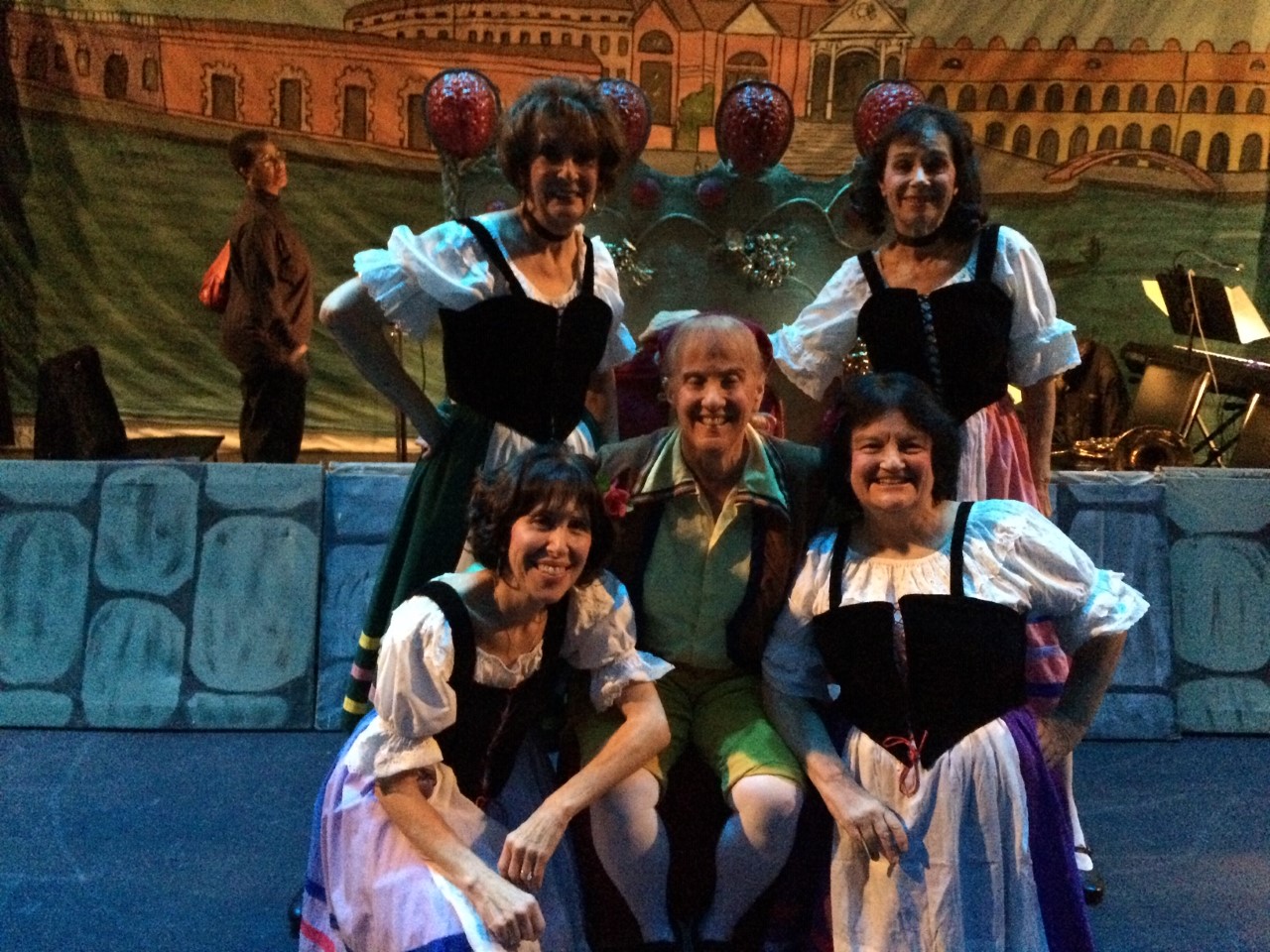
Some of the ladies chorus from “The Gondoliers”, Ridgewood NJ
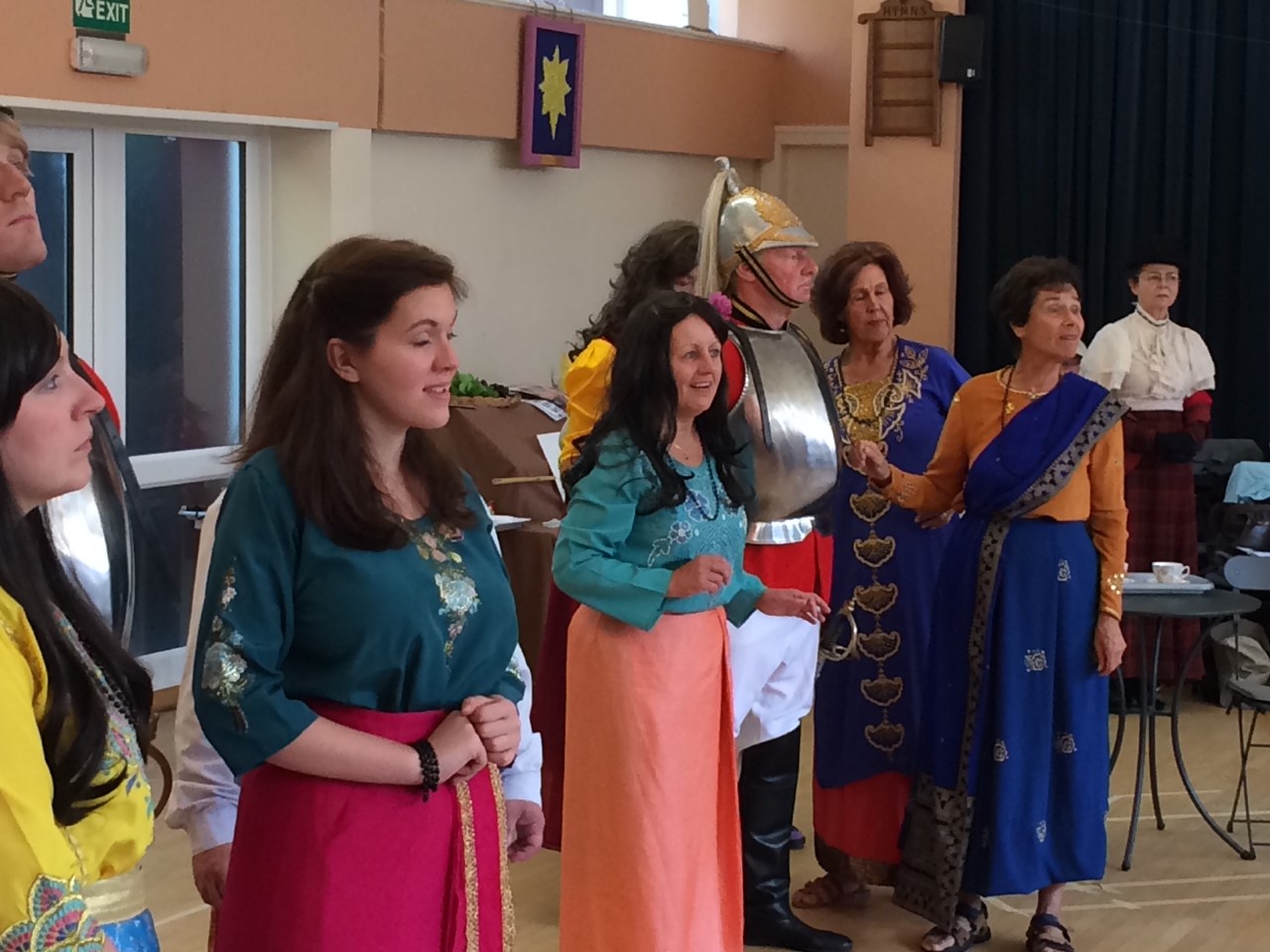
Rehearsal in Harrogate, England for production of “Utopia Limited”
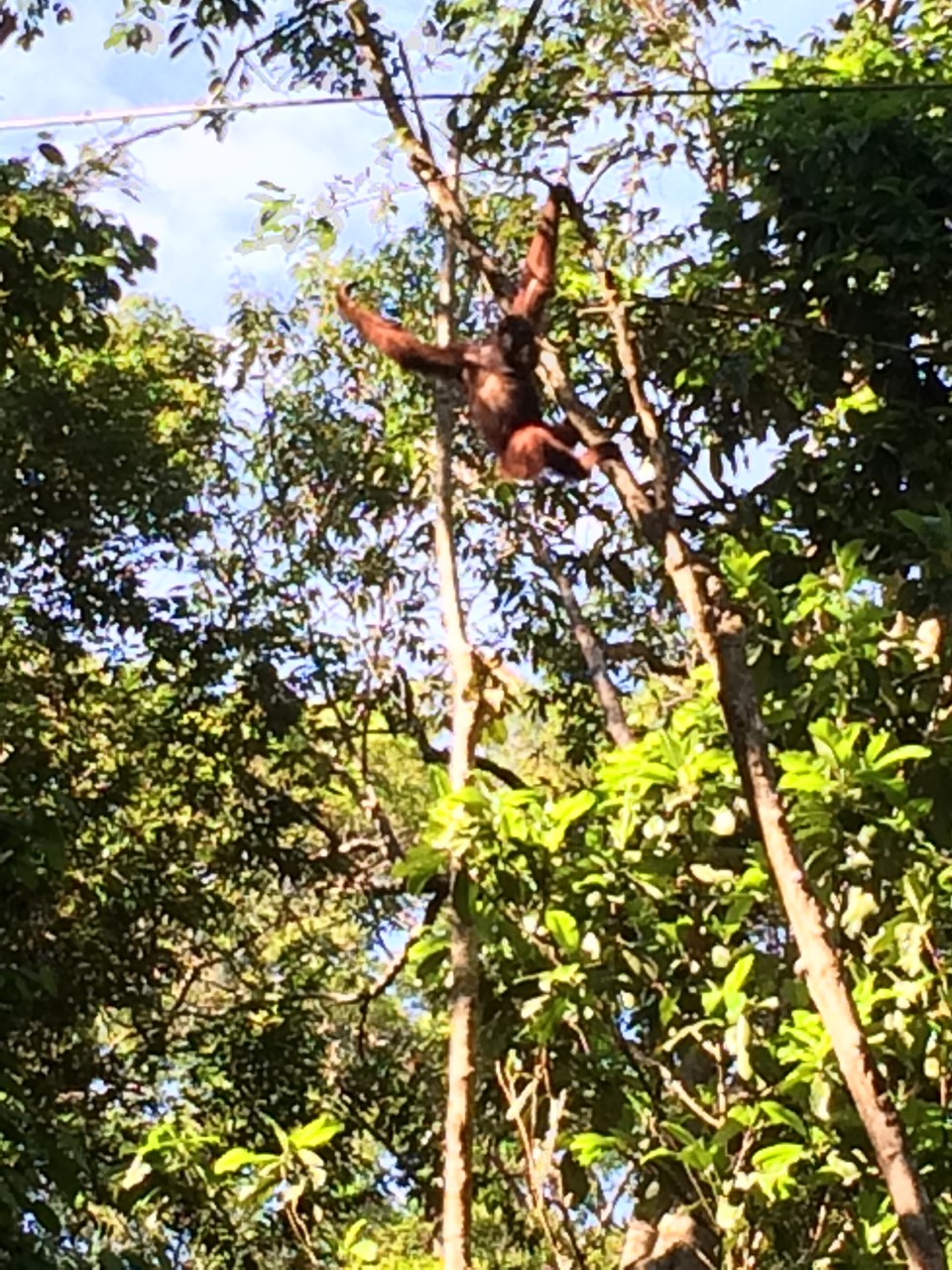
Orangutan in Sarawak, Maylasia, 2018

In mountains of Sri Lanka 2017

In Norway, 2016(?)
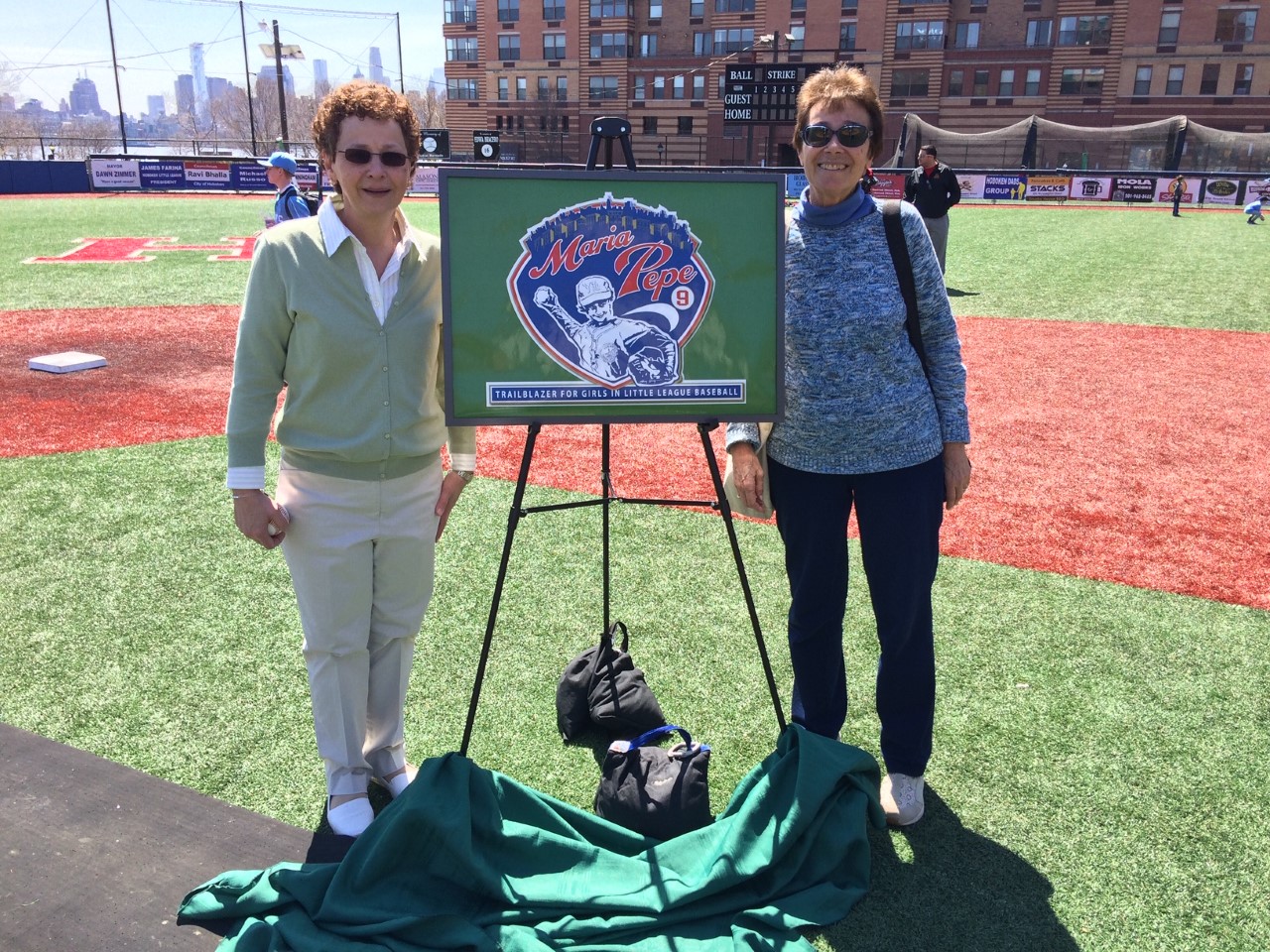
With Maria Pepe, (former Little League player and subject of the NOW case) on the day she is honored by the city of Hoboken.
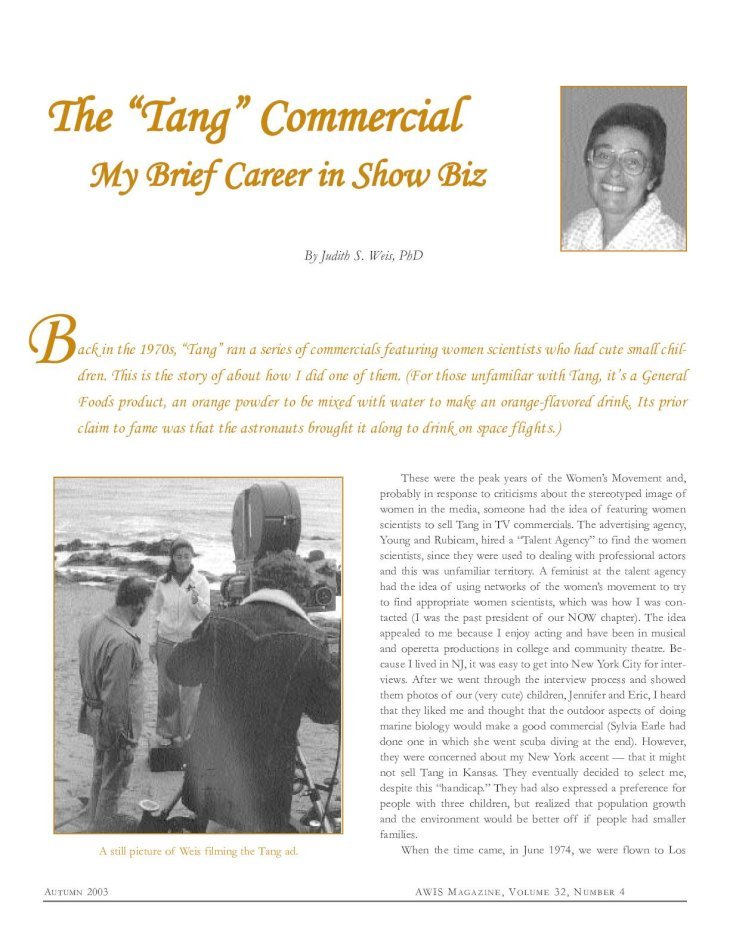
A little history of the Tang commercial, in the 1970s.